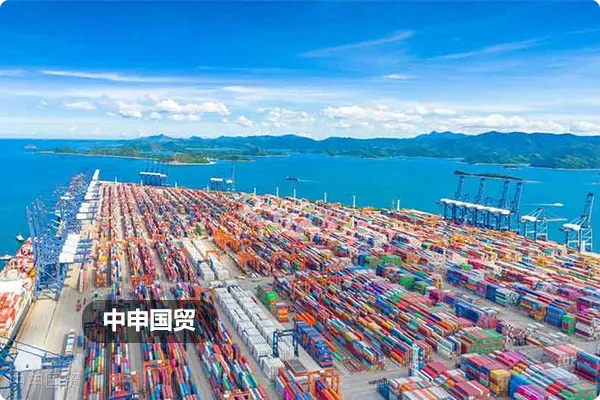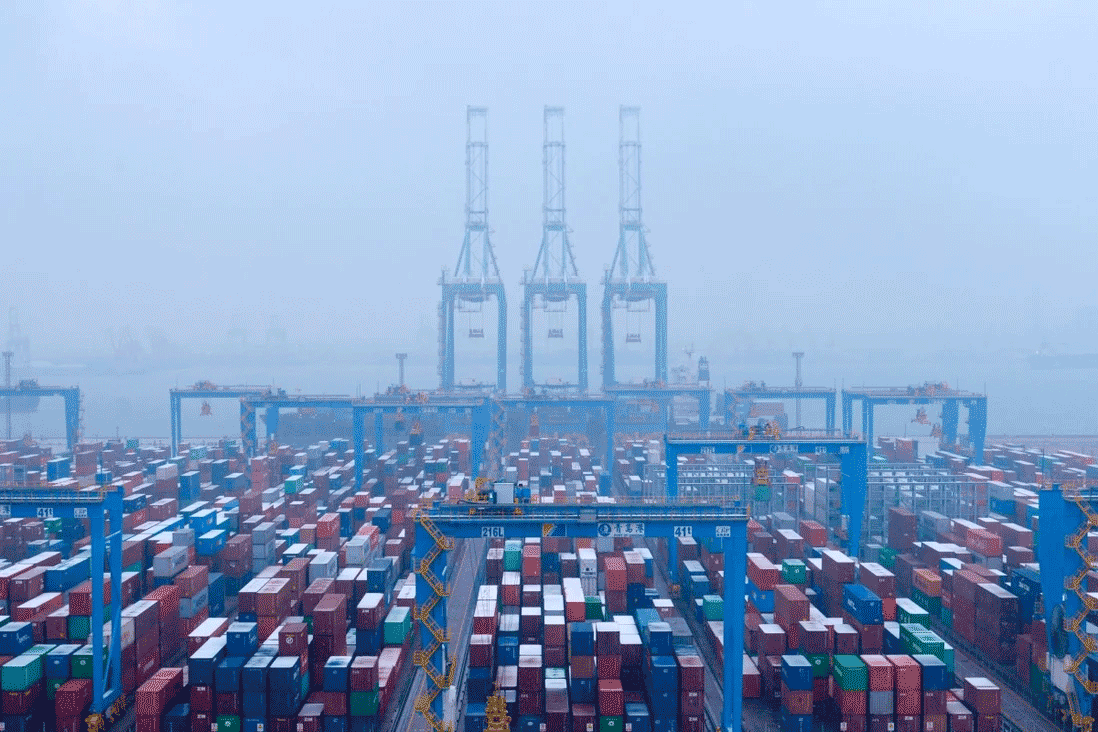- Shanghai Zhongshen International Trade Co., Ltd. - Two decades of trade agency expertise.
- Service Hotline: 139 1787 2118

Photonequipment. For example, Indonesia has the SNI certification, Thailand has the TISI certification, and the Philippines has the BPS certification. It is necessary to confirm in advance the equipment voltage (such as 380V/50Hz in Thailand), the compatibility of the CE certification, and the proof of environmentally friendly materials.special industry requirements
As a special category in the precision instruments field, photon equipment imports require particular attentionHS code accuracyandTechnical parameter filing. Latest 2025 statistics show that 30% of customs clearance delay cases stem from commodity classification errors, with new equipment such as laser generators and optical sensors being particularly problematic.
Standard operating procedure breakdown
- Phase 1: Pre-filing
- Obtain electronic receipt of Import Mechanical and Electrical Product Filing Application,
- Prepare technical parameter documents with ISO 17025 certification
- Apply for compulsory product certification (CCC) exemption certificate
- Phase 2: Declaration and clearance
- Confirm 8-10 digit HS code (typical disputed items: 9013/8539/8543)
- Declare actual transaction price and royalty fees of goods
- Provide radiation safety test report issued by original manufacturer
- Phase 3: Port inspection
- Sampling test for optical power output stability
- Verify consistency between declared and actual equipment wavelength range
- Validate anti-static packaging integrity
Common Customs Clearance Risks and Countermeasures
According to typical cases released by the General Administration of Customs in 2025, special attention should be paid to the import of photonic equipment:
- HS Code Classification Disputes:Laser cutting devices may involve classification differences between 9013.20 (lasers) or 8456.10 (machine tools)
- Technical Parameter Deviations:Wavelength errors exceeding ±5nm will trigger return procedures
- Underreporting of Royalty Fees:Software upgrade service fees must be included in the dutiable value
Typical case analysis
A quantum communication company importeda photonic integrated chip testing systemand overpaid 420,000 yuan in taxes due to misclassification under 8543.70. Through professional agency reapplication for advance classification ruling, it was finally confirmed to fall under 9031.49, successfully applying for tax refund.
Key elements in selecting agency services
- Possesses AEO Advanced Certification qualification
- Annual handling volume of photonic equipment exceeds 200 cases
- Possesses specialized optical testing cooperative laboratory
- Established fast-track customs guarantee insurance channel
According to the newly implemented Mechanical and Electrical Products Import Management Measures in 2025, enterprises are advised to pay special attention when signing agency agreements toPre-confirmation of intellectual property rightsandPre-assessment of technical trade measuresclauses, to avoid additional costs caused by policy adjustments.
Related Recommendations
Core Business
Get in Touch
Email: service@sh-zhongshen.com
Related Recommendations
Contact via WeChat

? 2025. All Rights Reserved. Shanghai ICP No. 2023007705-2  PSB Record: Shanghai No.31011502009912
PSB Record: Shanghai No.31011502009912









